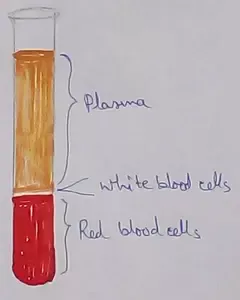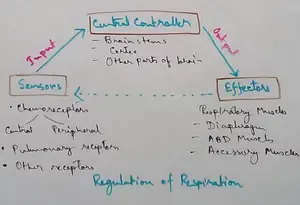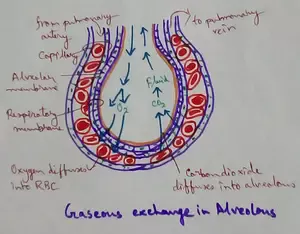Food for Health
We need good food for health. We need food to grow, stay alive and remain healthy. We get most of our food from plants and animals. Food gives us energy to work and play. Good food helps us to keep healthy and fight against diseases.
What are different food groups to stay healthy?
We should eat different kinds of food for health in light quantities to stay healthy.
Food can be divided into three groups:
1. Energy giving foods:
Energy giving food gives us energy to work and play. Some examples of energy giving foods are potato, rice, bread, etc.
2. Body building
foods:
Body building food helps us to grow well and build our muscles. Some examples of body building foods are eggs, fish, meat, milk, pulses, etc. makes our bones and teeth strong and help us to grow.
3. Protective foods:
Protective foods protect us from falling ill. Some examples of protective foods are fruits, vegetables, etc.
4. Fatty foods:
Some foods give us more energy. They can be stored and used later. Some examples are oil, ghee and butter. They are called fatty foods.
Besides food, our body requires water. Most things we eat have water. It is important to drink atleast 8-10 glasses of water everyday, as water is important for the working of the body.
What are the good food habits?
Some of the good food habits are:
(i) Eat food at proper meal times
(ii) Wash your hands and mouth before and after meals.
(iii) Chew your food well and eat slowly.
(iv) Do not overeat.
(v) Eat fresh food to stay healthy. Stale food can make us fall sick.
(vi) Eat well-cooked food.
(vii) Do not eat uncovered food. The uncovered food can contain germs.
(viii) Drink 8 glasses to 10 glasses of water everyday.
From Food for Health to HOME PAGE
Recent Articles
-
What Is Plasma? | Blood Plasma | Proteins | Nutrients | Cholesterol
Nov 07, 25 10:29 AM
Blood is a mobile fluid which is a connective tissue and is derived from the mesoderm like cell any other connective tissue. Colour of blood is reddish and that flows inside the blood vessels by means… -
Disorders of Respiratory System | Tuberculosis | Pleurisy | Emphysema
Oct 28, 25 11:39 PM
Tuberculosis is very common disease and is caused by a type of bacteria called Mycobacterium tuberculosis. This disease causes different trouble in the respiration and infection of several parts of th… -
Regulation of Respiration | Respiratory Centres | Inspiratory Area |
Oct 14, 25 12:13 AM
Respiratory Centre is the area that controls the rate of respiration and it is observed to be located in medulla oblongata and pons. Respiratory Centre has the following will dispersed components like… -
Explain Transport of Gases | External Respiration | Tissue Respiration
Oct 09, 25 11:35 PM
In humans gaseous exchange is completed in the following ways the steps are - External Respiration or Breathing - Breathing in false taking in of Oxygen and giving out of carbon dioxide in the body. M… -
Kind and Number of Teeth | Location of Teeth in Mouth | Care of Teeth
Sep 11, 25 12:52 AM
Kind and Number of Teeth





New! Comments
Have your say about what you just read! Leave me a comment in the box below.